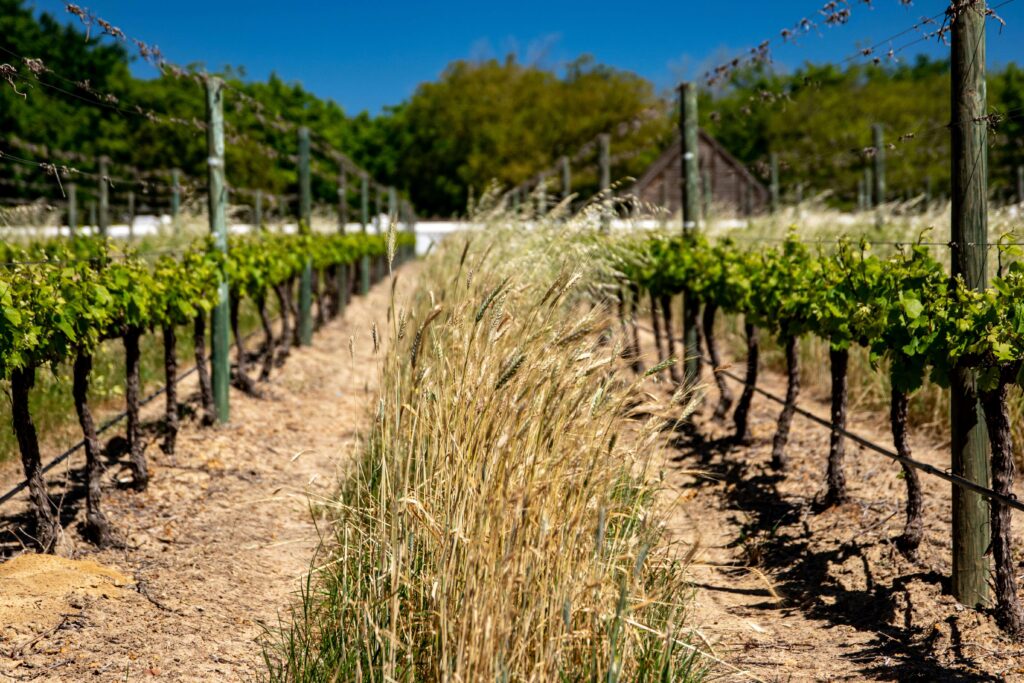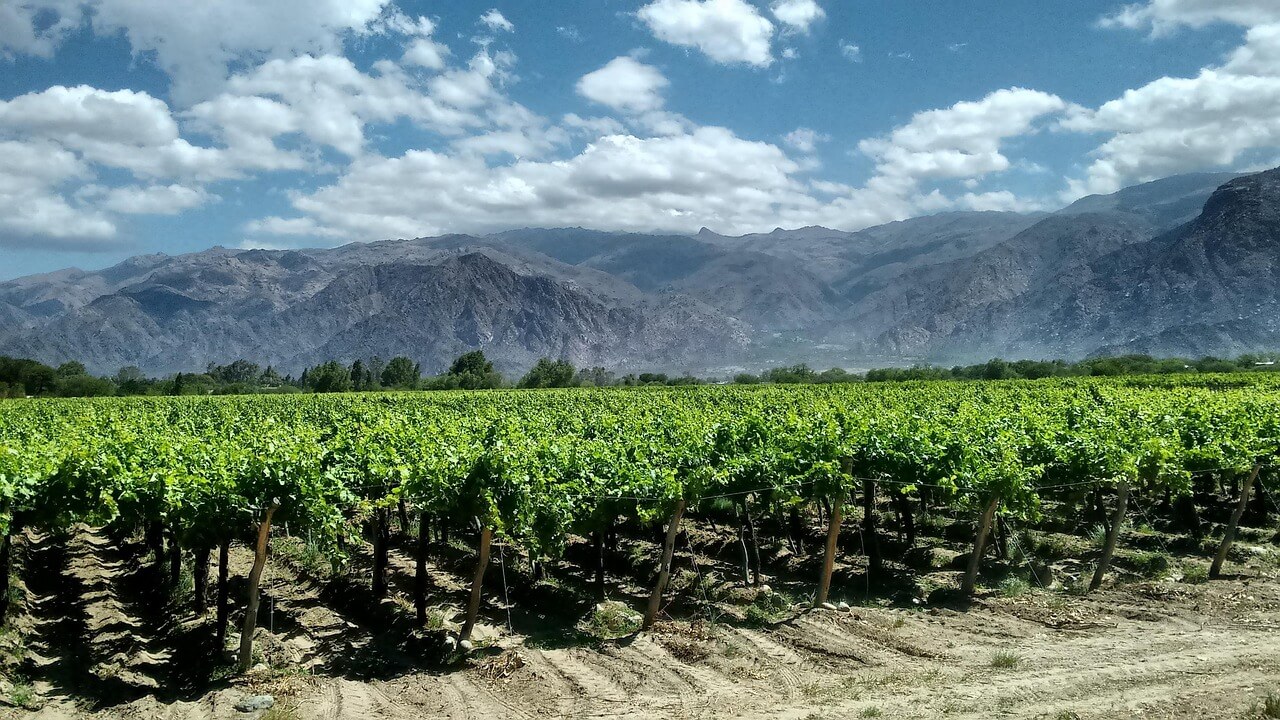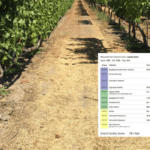In the first part of the article, we wrote about effects of climate changes and how they affect viticulture industry, therefore, winegrowers. Now we are going to take a closer look at some adaptation techniques which can grape growers and winemakers consider when adapting to climate changes.
What can winegrowers do?
The whole global wine production will have to adapt to climate changes, from grape growers to winemakers. When it comes to vine cultivation various adaptive solutions exist. Winegrowers will not have an easy job to choose the right solutions; everything from changing the grape variety, relocating the vineyards, and even abandoning vine cultivation can be considered. Several technical changes can be implemented, with different cost and on a different level of the wine production. We gather some production practice which can be considered when adapting to the climate change in the vineyards and also in the cellar.
Existing and newly planted vineyards:
- the choice of grape variety and its rootstock can improve resistance to drought, so consider about modification of plant material
- using different training techniques and row orientation to offset increased sunlight
- new pruning methods can affect the exposure of the fruit and the micro-climate of the canopy
- the introduction of winter cover crops to minimize soil erosion and to maximize nutrient and water storage due to changes in precipitation patterns
- change of canopy management, which will provide additional shade to reduce sugars and increase acids
- reduction of evapotranspiration by employing less frequent tilling and cultivation
- consider irrigation to optimize water balance, but take into account more effective irrigation delivery via drip irrigation; also consider the implementation of a “recycled water scheme” – for this practice in most European countries regulation changes will need to be carried out
- use of precision viticulture technologies, which will help to adjust and choose the best implementation practice according to the need of each plot
- implementation of Integrated Pest Management (IPM) practice – set of biological, cultural, physical, and chemical tools to manage pests and diseases – to reduce the reliance upon agrochemicals and the subsequent chemical emissions via their decomposition, as well as the emission caused by their initial production; use of biological control agents reduce other collateral environmental impacts as well
- more measured use of nitrogenous nutrients in the vineyard to offset the effect of an early harvest date
- consider nighttime harvesting and quicker delivery of the berries to the winery to assure cooler berry temperatures to avoid spoilage
- for conditions that are too great for adaptation in the existing vineyard, consider moving to more poleward or higher elevation sites

Celler – wine making
Oenological practices can limit the ‘defects’ associated with climate change so consider the implementation of new technologies in wine production.
- use the cooling equipment in the winery to assure completed primary and malolactic fermentations, since early harvesting and higher ambient temperatures affect aroma and flavor compounds
- leave the white wine on their lees longer to offset early harvest and lower acid level as well as conserve fruit-aroma compounds, protect them from oxidation, and increase the release of mannoproteins
- more alcohol-tolerant yeast strains can offset the effect of higher sugar and alcohol levels during fermentation
- consider the employment of sugar reducing techniques such as ultrafiltration and reverse osmosis to offset higher sugar levels in the must
- acidification reduce acidity and promote microbiological stability and reduce the likelihood of stuck fermentations
- new blending techniques (including the blending of wines from different terroirs and regions) can offset vintage variability
- to optimize the use of energy consider clean and renewable source of energy to lower winery footprint
- promote new aromatic flavors

Conclusion
Climate changes are here and we cannot escape it. Since agriculture is most dependent on climate and weather any change in the climate have a direct impact on it. The wine industry is particularly sensitive to any weather changes since “premium” wine grape production and some individual winegrape varieties occur within very narrow climate range. Therefore, short- and long-term climate changes effects on optimum quality and quantity of winegrape production. The only thing wine industry can do is to adapt to those climate changes, either with different adoption techniques in the vineyard and/or celler or shifting into new wine regions. Nevertheless, viticulture and wine processing exist for more than 2000 years and was always able to adapt to new conditions, why should not now? Grapevine is a living plant therefore, it will find it’s way in a dry climate as well, maybe just maybe if we will work with nature and not against it, it will still provide us with very fine grapes.
Sources:
- Mozell, M.R. & Thach, L. (2014). The impact of climate change on the global wine industry: Challenges & solutions. Wine Economics and Policy, Volume 3, Issue 2, 2014, Pages 81-89, ISSN 2212-9774, https://doi.org/10.1016/j.wep.2014.08.001.
- Climate change will threaten wine production, study shows; by Suzanne Goldenberg on The Guardian (online)
- Vine growing and wine making in France challenging climate change (set of several studies), LACCAVE PROJECT
- Featured image by visiondailleurs1 from Pixabay




